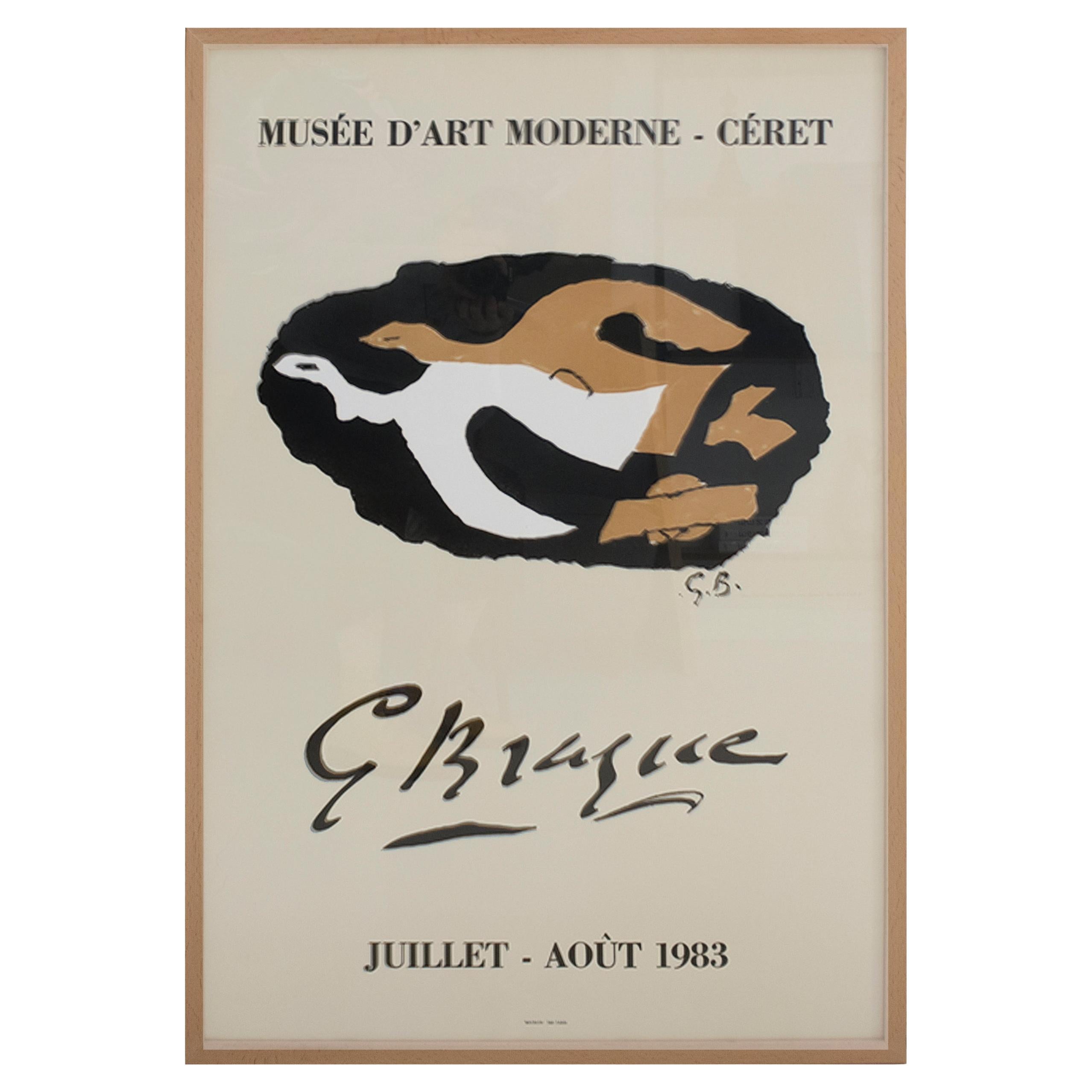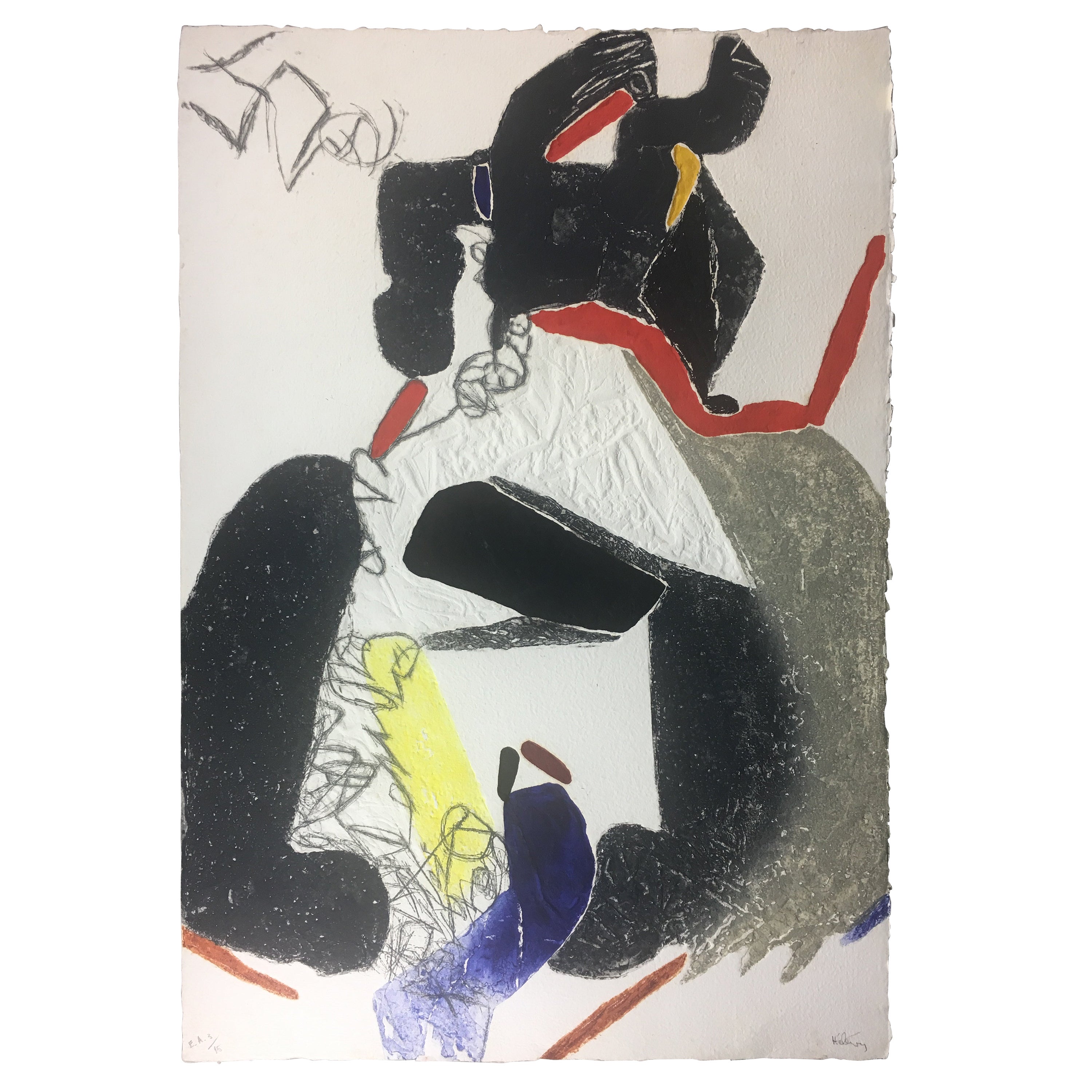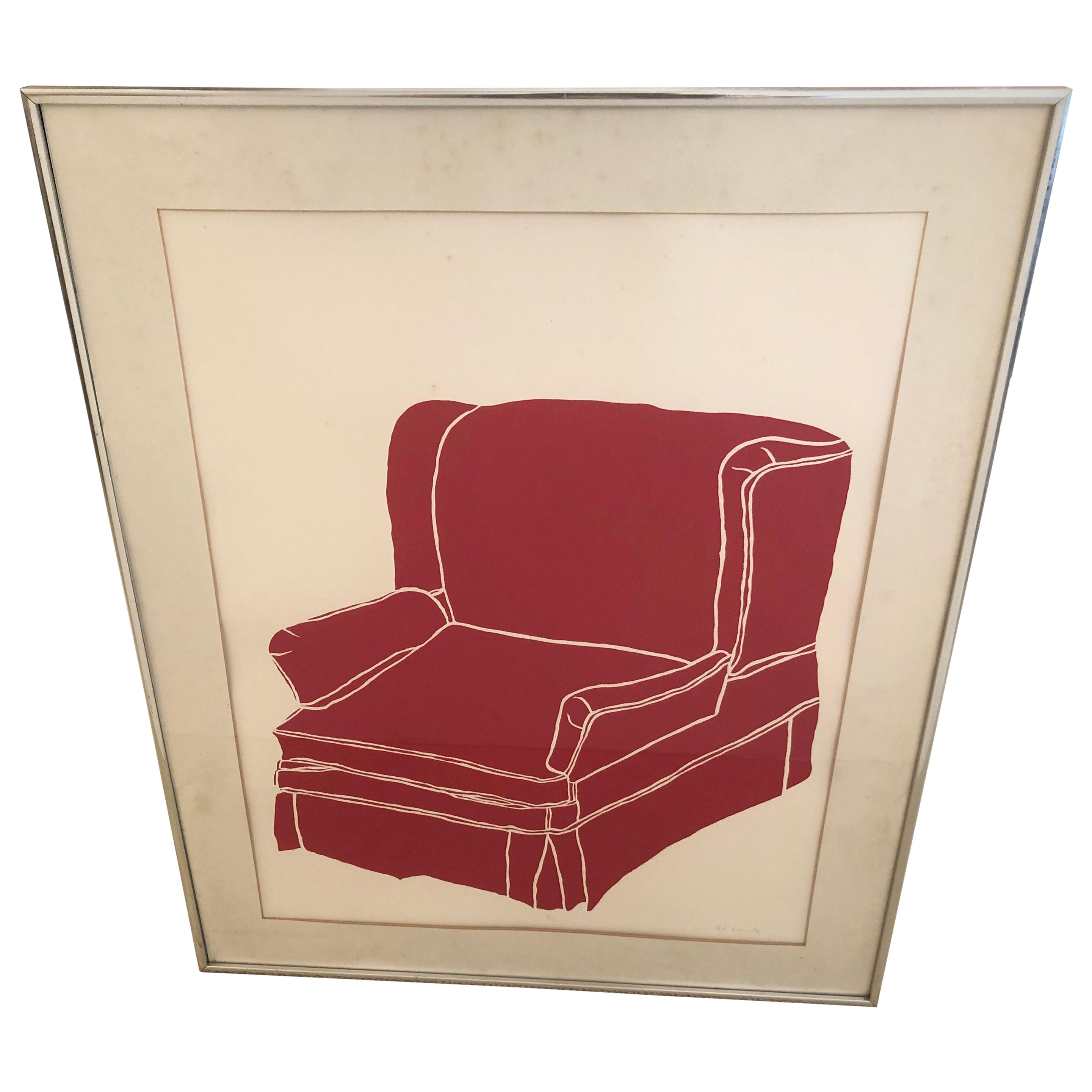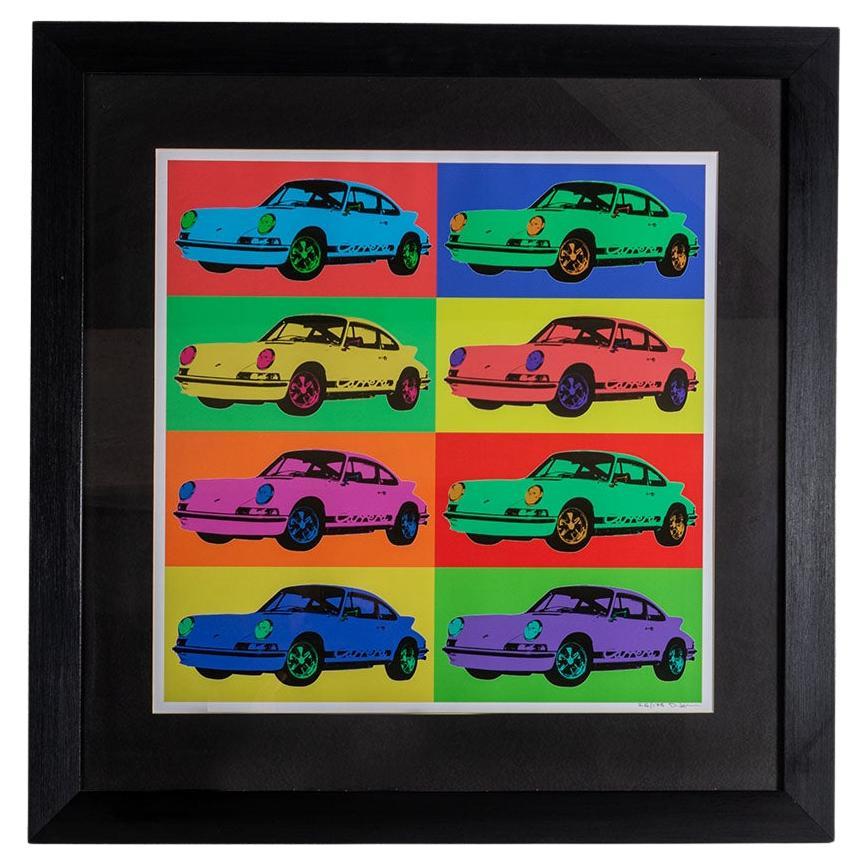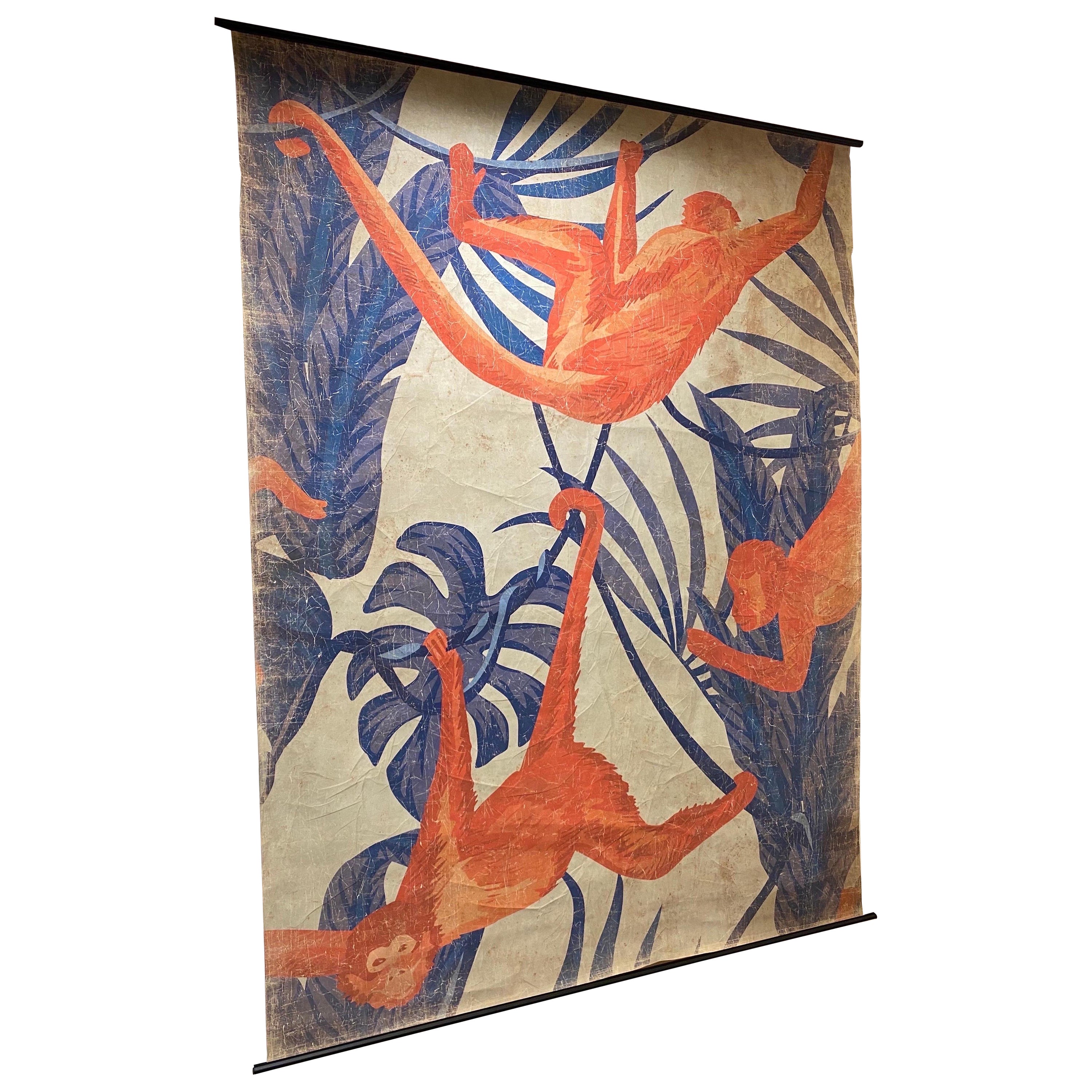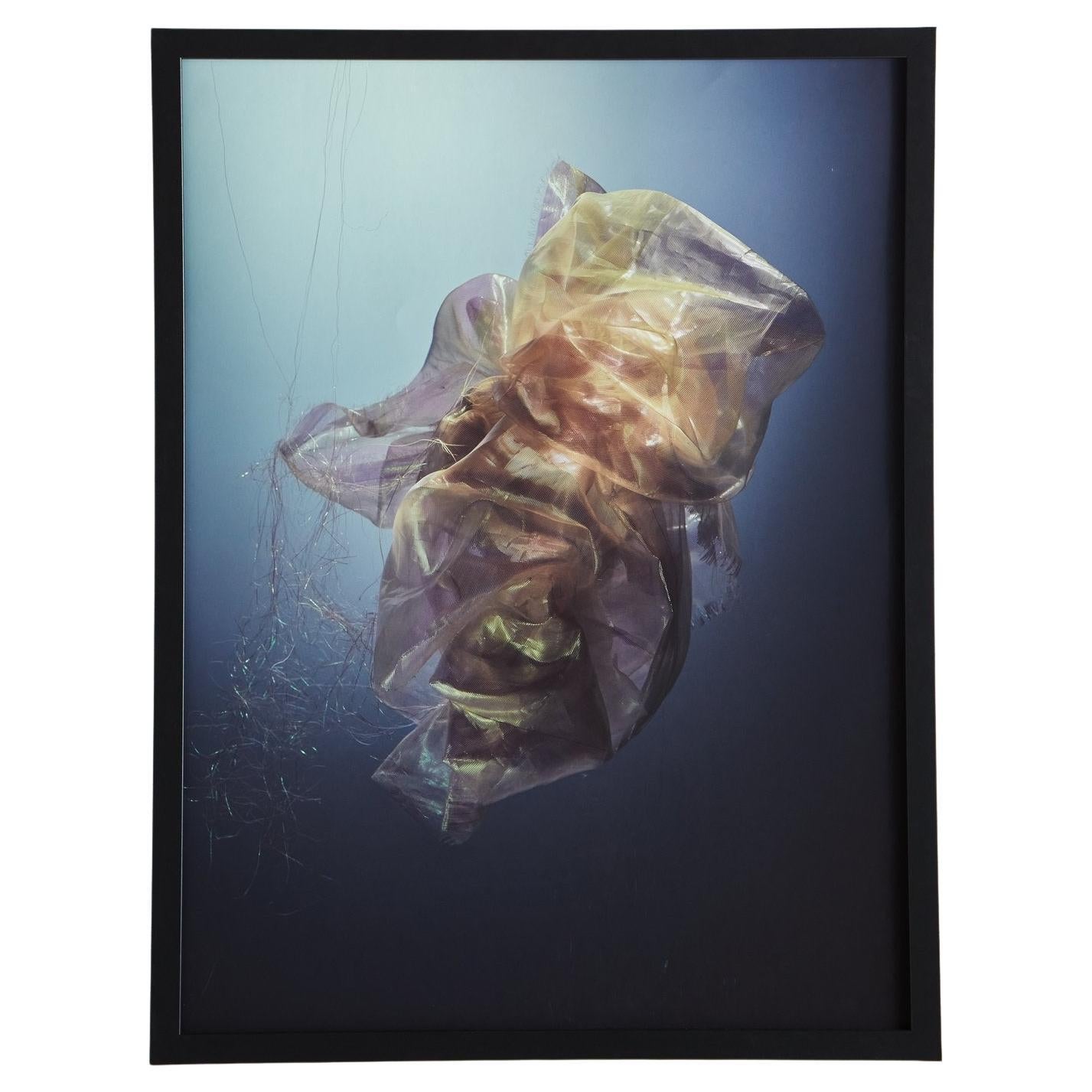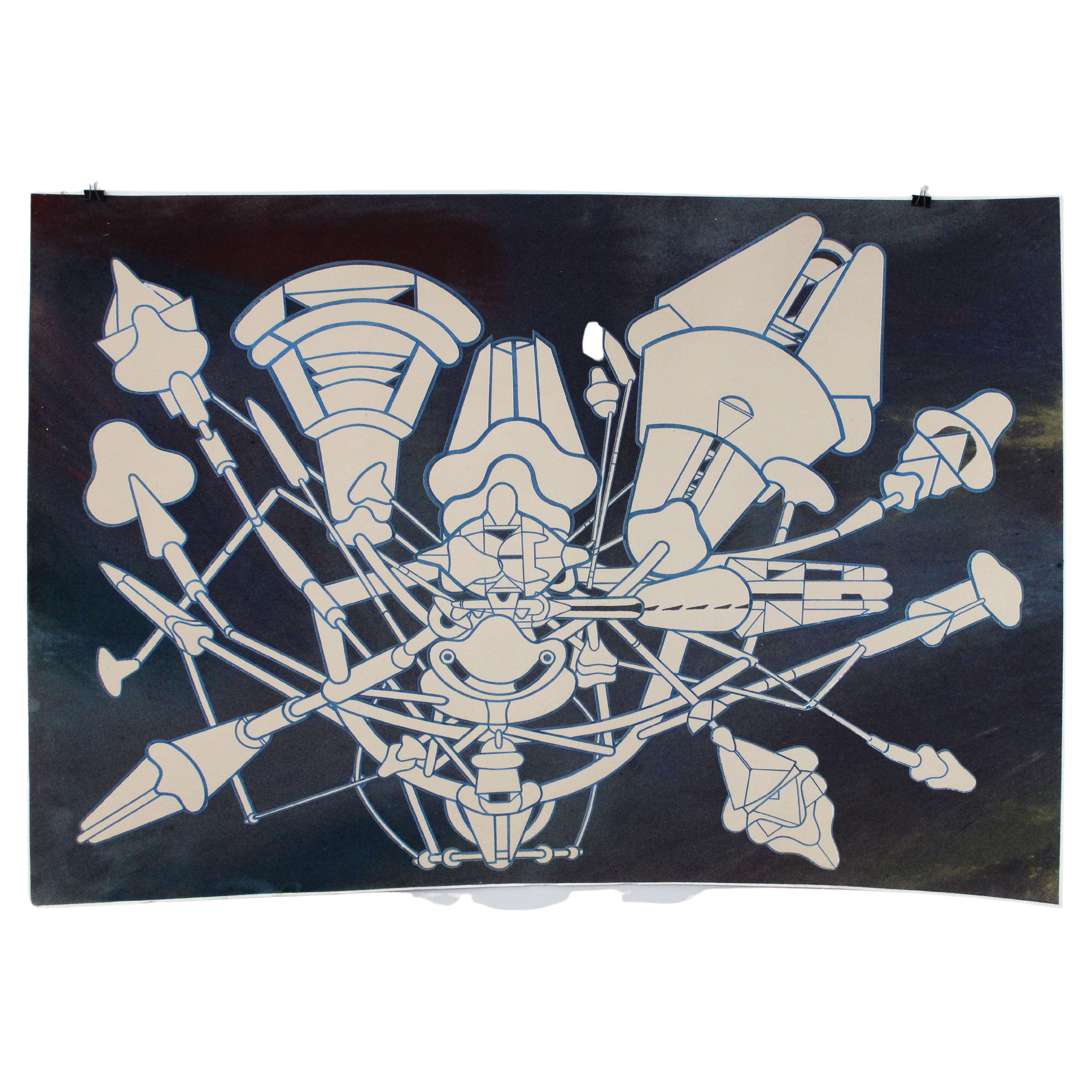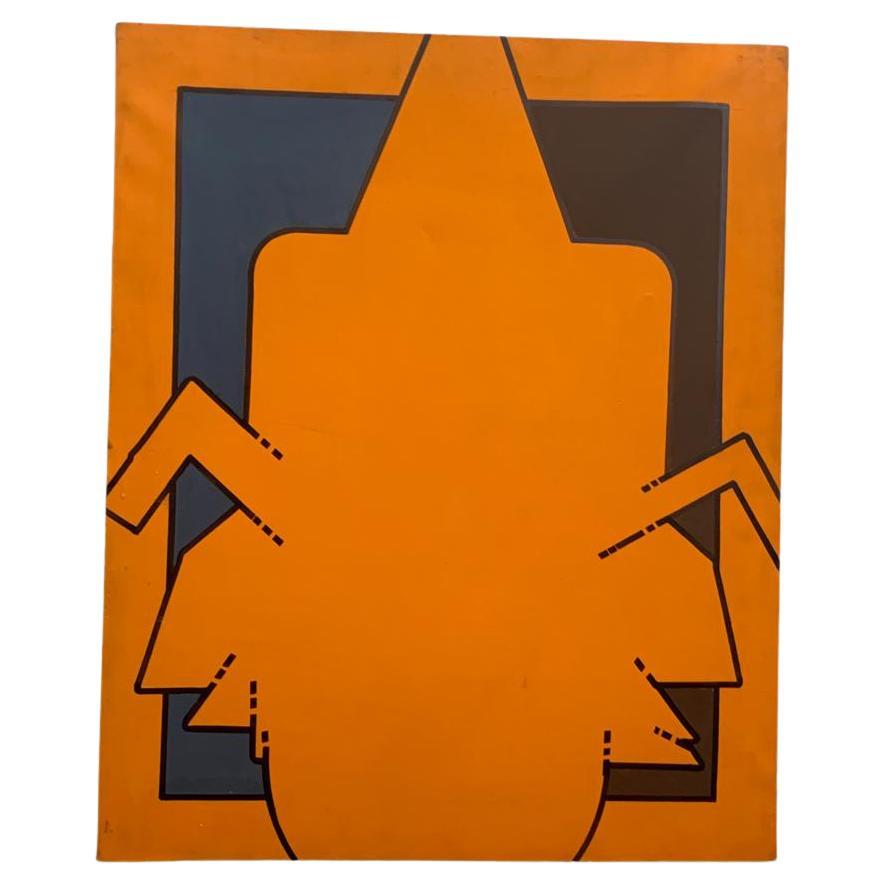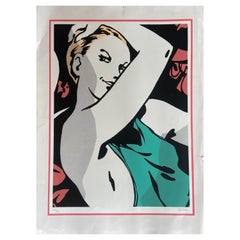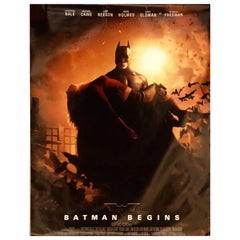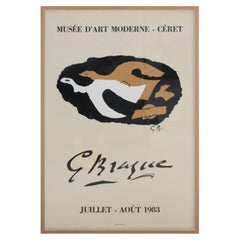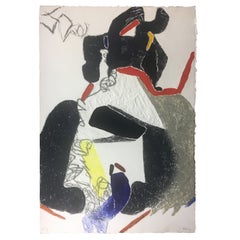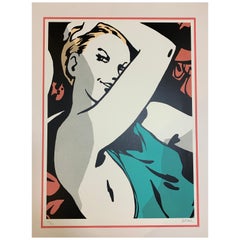
Alex Varenne Pop Art Limited Edition, France
View Similar Items
Want more images or videos?
Request additional images or videos from the seller
1 of 7
Alex Varenne Pop Art Limited Edition, France
About the Item
- Creator:Henri Frédéric Varenne 1 (Artist)
- Dimensions:Height: 30.32 in (77 cm)Width: 22.84 in (58 cm)Depth: 0.2 in (5 mm)
- Style:Beaux Arts (Of the Period)
- Materials and Techniques:
- Place of Origin:
- Period:1980-1989
- Date of Manufacture:1980
- Condition:Wear consistent with age and use.
- Seller Location:Sofia, BG
- Reference Number:1stDibs: LU2423316871521
About the Seller
4.9
Platinum Seller
These expertly vetted sellers are 1stDibs' most experienced sellers and are rated highest by our customers.
Established in 2010
1stDibs seller since 2016
401 sales on 1stDibs
More From This SellerView All
- Alex Varenne Pop Art Signed Limited Edition, FranceLocated in Sofia, BGHere is a great example of artwork from the pop art period signed by Alex Varenne circa 1980. The artist is well known with his series of projects in the field of erotic comics durin...Category
Late 20th Century French Contemporary Art
MaterialsPaper
- Large French Original Movie Poster "Le Monde De Narnia", 2005Located in Sofia, BGLarge movie poster in very good condition printed for the French premiere of "Le monte de Narnia", France, 2005.Category
Early 2000s French Posters
MaterialsPaper
- Large French Original Movie Poster "Batman Begins" 2005Located in Sofia, BGOriginal movie poster "Batman begins" printed for the French premiere. 15th June 2005 Very good condition.Category
Early 2000s French Posters
MaterialsPaper
$568 Sale Price24% Off - Extra Large Original French Movie Poster of "Arthur et les Minimoys", 2006Located in Sofia, BGLarge movie poster of "Arthur et les Minimoys" printed in 2006 for the French premier. France, 2006.Category
Early 2000s French Posters
MaterialsPaper
- The Most Beautiful by American Artist Robert Mars, Mix Media 2018Located in Sofia, BGRobert Mars Chronicling a fascination with 1950s and 1960s iconography, Robert Mars has produced a body of artwork from his studio in Connecticut that celebrates the commonplace objects and icons of an America long past in a thoroughly modern, and exquisitely constructed, manner. His eye for a distinct facet of American history is impeccable, and his ability to manipulate both the color and wordplay of vintage printed material...Category
2010s American Contemporary Art
MaterialsCanvas
- The Mastaba by Christo Javacheff Project for United Arab Emirates Collage 1979By Christo and Jeanne-ClaudeLocated in Sofia, BGThe Mastaba (Project for United Arab Emirates) by Christo Yavachev (1935 - 2020) Pencil and wax crayon Measures: 80 cm x 59 cm (31 x 23 1/4 inches) Signed and dated Christo 1979 E...Category
Mid-20th Century American Contemporary Art
MaterialsPaper
You May Also Like
- Gene Davis Pencil Signed and Numbered Limited Edition Exhibition PosterBy Gene DavisLocated in Hudson, NYThis poster for an exhibition undertaken by the Smithsonian Institution and was produced as a Resident Associates Program Exhibit for the organizations 10th anniversary. The work is pencil signed and numbered 80 of 200. Davis was born in Washington DC in 1920 and died in the city he gave so much to in 1985. A major 20th-century figure in American painting Davis's contributions to Washington were invaluable in helping to establish DC as a center for contemporary art. Davis is also recognized as a prime mover in the national and international Color Abstract Movement and his ascendance to prominence started in the 1960s. He was never formally trained and learned his craft by constant gallery and museum visits and later said that this lack of boundaries from education freed him from any limitation on his work or process. Davis worked within the loosely formed Washington color school of painters which included other artists like Kenneth Nolan...Category
Vintage 1970s American Posters
MaterialsMetal
- Lithograph Poster by Georges Braque, Musée D'art Moderne- Céret, France, 1983By (after) Georges BraqueLocated in Madrid, ESOriginal Lithograph Poster by Georges Braque, printed by Atelier Mourlot, created for the 1983 Braque exhibition at Musée d’Art Moderne in Céret, France. Georges Braque (1882-1963)...Category
Vintage 1980s French Posters
MaterialsPaper, Wood
- Limited Edition French Abstract Art, Carborundum by Serge HelenonLocated in Miami, FLAn original signed abstract carborundum artist proof or Epreuve d'Artist (indicated by E.A. on the lower left side) on heavy Arches wove paper by French artist Serge Helenon (1934-)...Category
20th Century French Expressionist Paintings
MaterialsPaint, Paper
$1,575 Sale Price41% Off - Bold Graphic Pop Op Limited Edition Print by Paul GiancolaLocated in Hopewell, NJSigned and numbered silkscreen print of a red club chair, #9/12, by NJ contemporary artist Paul Giancola. The flattened perspective and simple lines are...Category
Early 2000s American Modern Contemporary Art
MaterialsPaper
- Limited Edition Posrche 911 RS 1973 Pop Art Print in the Manner of Andy WarholLocated in Llanbrynmair, GBThe iconic Porsche 911 RS 1973, pop art print in the style of Andy Warhol. Vibrant wall art, a great addition to your art collection. Probably 1980s, these are signed limited editi...Category
Late 20th Century British Modern Contemporary Art
MaterialsPapercord, Paper
- French Artist Charles Lapicque Tapestry Limited Edition 1/2 "Pelops", 1964By Charles LapicqueLocated in Paris, FranceExceptional limited edition 1/2 tapestry "Pelops" with certificate from a private collection, 1964. Ateliers Pinton brothers in Felletin, under the supervision of Pierre Baudouin 2ex + 1EA Editor Aram Iynedjian. The tapestry will be sold with its certificate of authenticity from the gallery. From the 15th century, the name of Pinton was associated with the Aubusson tapestry. Since then, over the generations, the Pinton family has largely contributed to the development of this fabulous cultural heritage until the creation in the 19th century, of the Felletin factory, in the department of Creuse. Even today, in these workshops, the craftsmen execute the same correct gestures with the same attention to detail and thus extend the chain of the history of the tapestry of tradition but also contemporary. The hand of specialists, the eye of designers and dyers and the taste of the most demanding clientele find their meaning in the fabric of the carpets. The excellence of French know-how, a living heritage society and custodian of Aubusson's cultural heritage, has always collaborated with great artists. The works of Charles Le Brun, Charles Lapicque, Pablo Picasso, Jean-Michel Othoniel, and many other big names in the world of painting, architecture, design, fell into the looms and know-how ancestral of this unique Creuse creator. Editor Aram Iynedjian Aram Iynedjian, Lausanne gallery owner and editor of tapestries from Braque, Estève and Lapicque, the latter meets Pierre Baudouin, the most famous of the cardboard painters of the time. The one who translated the works of Le Corbusier, Calder or Picasso into tapestry then collaborates with Charles Lapicque and they will develop a work of great richness. Lapicque came to realize these two summits which are "Pélops" and "Diane et Actéon". I realize that you should never try to describe a work of art Let’s look at it. Let us admire the science of composition, linear purity, technical perfection, the beauty of color, the truth of the drama. Let us see, if we can, the implacable presence of genius. "We will now understand that after having based a painting on the love of tapestry, it was relatively easy, and very tempting, to build a tapestry faithful to my painting," explained the artist in the exhibition catalog. of the Galerie Verrière in 1970. It was not until 1961 that he began to produce cardboards both for the tapestry of the Lisse in Aubusson, but also at the Mobilier National, with the help of Pierre Baudouin Charles Lapicque (1898-1988) Born in 1898 in Theizé (Rhône) in a family practicing both the arts and the sciences, Charles Lapicque is no exception to the rule: gifted for music and drawing, he graduated from the École Centrale in 1921, works as engineer until 1928 before integrating in 1931 a laboratory at the Faculty of Sciences of Paris, where he carried out research on the perception of colors, crowned by the title of Doctor of Physical Sciences in 1938. He thus studies the reactions of the eye in front of an intense light source, at the origin of the formation of starry images which he will use in his works, and defines a theory of the staggering of colors in space which overturns the rules of the Renaissance: "I had shown that the Classic rule, that of Vinci, advocating placing the blues in the distance, the reds, oranges and yellows in the foreground, is a nonsense; it makes more sense, more favorable to do the opposite. "(In Red and blue in the arts, 1936) It was around 1920 that Charles Lapicque began to paint in Brittany where he spent every summer since his childhood, first on the motif and then in a workshop that his stepfather Jean Perrin, Nobel Prize in Physics, had him build in 1927 ; he then definitively adopted the work of memory, in accordance with the art of music which he deeply loved and the Bergsonian philosophy of knowledge: "It is up to us to give reality an appearance that it has no itself, a form, a figure (...). " His youthful production immediately reveals a great originality, oscillating between figuration and abstraction which sometimes intertwine: alongside synthetic paintings by their simplified drawing and their flat colors, he designs an Homage to Palestrina (1925), composed of a grid derived from Cubism, entirely abstract, relayed by a Christ with Thorns (1939), according to a principle that he will develop after 1939, in line with his optical discoveries. In fact, during the war years, an almost abstract period began, that of the tight blue framework, applied to backgrounds ranging from yellow to red and revealing a more or less identifiable world (Jeanne d'Arc crossing the Loire, 1940; Rencontres series, 1940-1945). Exhibited in 1929 by the gallery owner Jeanne Bucher, Lapicque abandoned his scientific career in 1943 to devote himself entirely to painting. He continued his work which resulted in 1946-1953 in white-frame structures; their much softer lines lead him to the system of either black or white interlacing which encloses areas of pure color, most often in solid color. With The Battle of Waterloo in 1949, Lapicque still uses optics - zooming in on a given area - to depict spaces with multiple perspectives and decomposed times. This new interest in the liveliness of color developed in the following period, which can be described as flamboyant or Baroque (1954-1963): illustrated in particular by the series of Breton lagoons and twilight or nocturnal views of Venice in the light. Stars, which the artist himself describes as “daring sweets”, it begins with the Raoul Dufy Prize of the Venice Biennale, awarded in 1953 to the artist who took the opportunity to give free rein to his passion for the Serenissima until July 1956. Another point in common with his elder brother is the expression of movement. Begun in 1949 in The Battle of Waterloo then in 1952 with Dimanche aux regates, it became an obsession from 1964, in the exploration of new themes, such as the different shots of tennis players captured on the fly (1965), the mythological scenes and sea storms. These dizzying years precede the artist's last period: as he comes of age, he discovers serenity, revealed by a painting now with acrylic paint, much more peaceful from 1974, which even borders on a childish naivety at the end. of his life. All of his work includes an astonishing diversity of themes, also nourished by his travels (Rome in 1957, Greece in 1964, Holland in 1974 ...), with a predilection for the sea, rocks, sailboats, music, tennis, horses, wild beasts, but also for history and mythology, as evidenced by knights, kings and ancient gods. It also deploys, in total creative freedom, a wide variety of styles and orientations. Having been one of the pioneers of non-figurative art, thus paving the way for artists like Manessier, Bazaine, Vieira da Silva, De Staël, etc. Owners of the new non-figurative Paris School of the Postwar period, Charles Lapicque then returned to figuration, in a "new interpretation" of appearance, even if he continued to rub shoulders with abstraction at times. "Drawing runs after color and color after drawing. " Heir to the Fauves, Charles Lapicque plays like them on pure colors, whose dissonances, associated with a totally free design and an overloaded composition in a multiple space, make him a precursor of the New Figuration in all its forms: the Narrative Figuration born in France in the early 1960s, represented in particular by Gérard Fromanger, Erró, Bernard Rancillac and Gérard Guyomard; Free Figuration born in the early 1980s, marked by Robert Combas, Hervé and Richard Di Rosa, Louis Jammes and François Boisrond, and which, in turn, influenced the American Bad Painting of a Jean-Michel Basquiat or a Keith Haring, deliberately neglected and Expressionist; Lapicque's “Classic subjects” were able to feed Cultivated Painting, which also appeared in the early 1980s with Jean-Michel Alberola, Patrice Giorda and Gérard Garouste...Category
Mid-20th Century European Tapestries
MaterialsWool


